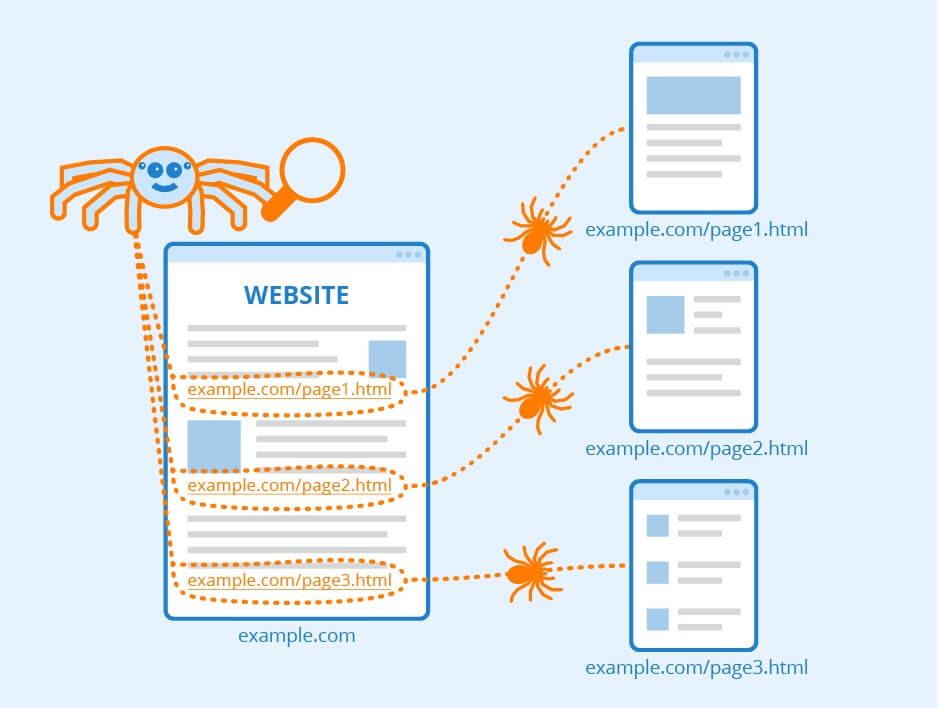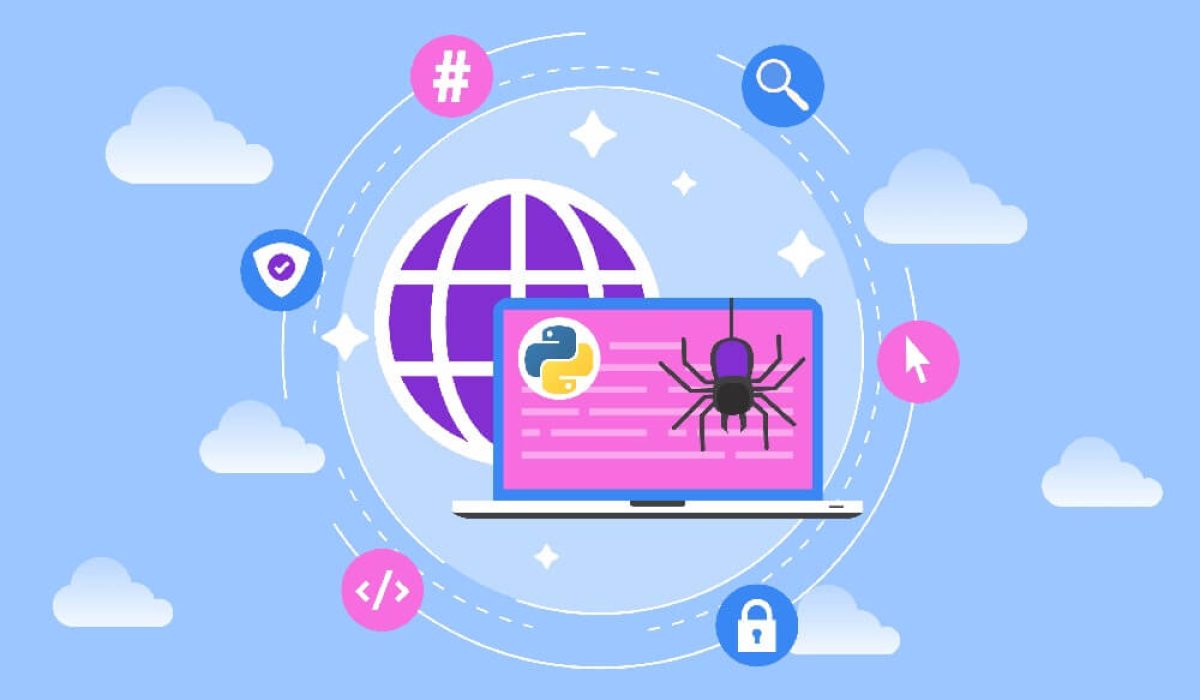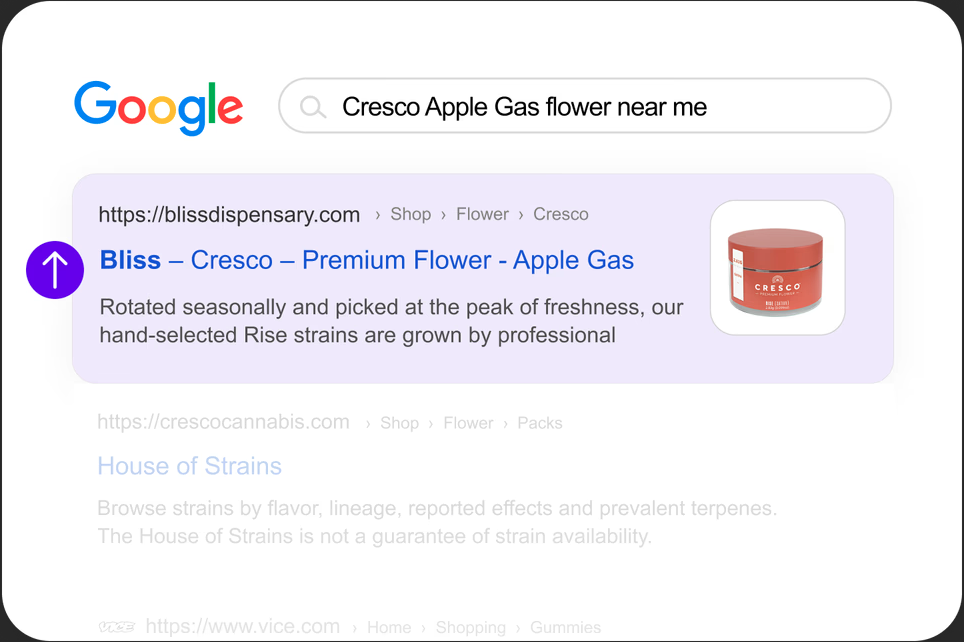One of the essential steps in your digital marketing is conducting an SEO audit on your website. Digital marketing doesn’t end with creating a website. You must ensure your web pages turn up on search engine result pages (SERPs).
More so, you need to ensure that your website ranks above your competitors and gets the required traffic it deserves. Regarding SEO auditing, your website needs to be crawled by a pagecrawler.
Screaming Frog SEO Spider is one of the emerging content crawlers that web developers deploy to scan a website for technical issues.
So, how long does Screaming Frog take to crawl a website? According to the information on their website, the eCommerce crawler takes over two days to crawl a website containing one million pages at the rate of five URLs per second.
All of these might sound strange to you. That’s why we will explore everything you need to know about a spider crawling your website with this article. Let’s jump right in.
What Is Screaming Frog?
Screaming Frog is an innovative site crawler that roams through both small and big websites to discover technical issues that may be affecting SEO performance. Some of its features include finding broken links that might negatively impact your bottom line.
Screaming Frog also crawl up websites to analyze page titles, meta descriptions, and other metadata to search for anomalies. It also visualizes your site architecture and content hierarchy, showing you how each web page interlinks with others in real-time.
When your website isn’t properly organized, you might have issues with ranking higher during an organic search. While Screaming Frog crawls down your website, it will reveal these issues to you, so you can amend them for the best results.
We will explore more of that in the article.
What is Site Crawler?
Site crawlers, or SEO spiders, are bots that crawl through every web page. The goal of a site crawler is to understand what a web page is all about. So that when such information is needed by a user, it can easily fetch it.
Google has site crawlers that access millions of websites within seconds and provide relevant content during an organic search. When you search for something on Google, you almost get the value for your search within the first few results. That’s because Google crawl down through each site to reveal relevant content to users.
Spider crawling can be likened to librarians on the internet. When you see something, they quickly point you in the right direction with links.
Difference Between Site Crawling and Site Indexing
People often mistake site crawling and indexing as the same or use them interchangeably. However, they’re different.
Site crawling is discovering all the web pages in a website(s). On the other hand, site indexing deals with analyzing, organizing, and storing these pages in a database for organic search.
At the back of a textbook, you’d find indexes of topics revealing the pages where you can find them. Indexing can only be done after crawling is complete. During organic searches, Google’s bots, crawlers, or SEO spiders crawl your website for tracking purposes. After crawling your site, these bots analyze and put the results on an index (web search).
Thus, website crawling and indexing is a step-by-step process. Think of it like this:
Pagecrawlers discover all your website URLs. Indexing involves analyzing everything inside your website URLs, including the heading, page title, meta tags, alt tags, sub crawls, and other details.
Reasons to Use a Site Crawler
You need to use a site crawler for your website for several reasons. They include:
● Find broken links. Spider crawlers can discover if some URLs on your website are broken. More times, you may not be aware that your website is struggling with this issue.
● Analyze page titles and meta data. Site crawlers crawl down your website to analyze all the meta data of all your website pages. You can easily spot information that is too long, too short, missing, or duplicated across your web pages.
● Generate sitemaps. SEO spider also helps create sitemaps for your website. It’s a file containing all your web links and important information about your site.
● Allow you to understand outside perceptions about your website. Spider Frog SEO also provides information on how Google sees your entire website. It’s essential to know whether your digital marketing is commensurate with objectives. They can also keep track of social media crawlers to learn about what is being said about your website.
● Discover redirects. You can seamlessly find temporary or permanent redirects on your website with crawlers.
● Discover spam. Site crawlers can help you discover malware and spam links on your website.
● Keep track of industry trends. Crawlability testing provides you with insights to keep up with industry trends. These crawlers can link your web analytic tools to provide more data and insights.
These benefits are some of the reasons why you should deploy spider crawl for your website.

How to Use Screaming Frog Site Crawler
To take advantage of Screaming Frog, download and install the SEO Spider on your computer or laptop. This software is available for macOS, Ubuntu, and Windows devices.
After downloading the file, follow the installation prompts to install it on your device. The free tool is designed to crawl 500 URLs on your website. However, if your website contains more, you can buy a license, which removes the limit.
A username and key will be provided when you buy the license, which should be entered under License > Enter License Key. Entered correctly, it will show you the expiry date. You should now close and restart the software to get access to its premium features.
There are some actions you should carry out:
● Memory & Storage Set-up. You shouldn’t worry about this step if you’re using the free version. Just go to start to crawl your website. However, if you’re using a licensed version, you should set up a storage location on your PC. Go to Configuration > System > Storage Mode and select Database Storage Mode. This only works if you use SSD storage. If you don’t, stick to RAM storage.
● Crawl. There are two methods to crawl a site. You can simply enter the URL of the site and click Start. It will crawl down and perform an SEO audit on the link and all hyperlinks associated with the URL. It will also provide the crawl date, speed crawl, URLs crawled, and the remaining URLs to be crawled. The second method is pasting a list of URLs to be crawled. Click Mode > List to upload or paste a list of URLs.
● Viewing Crawl Data. As it begins to crawl the URL(s), you will see all the corresponding URLs attached to that link. You can scroll up, down, and right to see all the information. You can spot potential errors and issues on the links when you click the overview tab.
Why Is Screaming Frog Slow?
Screaming Frog may crawl a website with fewer pages within minutes. However, it might take a lot of time to crawl down the site if it’s a large eCommerce website. Admittedly, you’d see the software as slow. Most times, it results in Screaming Frog connection timeout.
Crawling your website puts a lot of load on the website server. It’s one of the significant reasons it slow crawls websites with over 10,000 pages. Another reason is that the default crawling speed is set to 5 URLs/seconds. So, you might experience Screaming Frog not crawling all URLs within a short time.
How Do You Speed Up Screaming Frog Crawl?
So, how do you speed crawl your website, especially if it contains thousands of pages? Follow these tips:
Increase Screaming Frog Crawl Speed
The default crawling speed is set to 5 URLs per second. You can increase the speed crawl of the software. All you need to do is:
● Click Configuration > Speed.
● Increase the Max Threads from 5 to either 50, 100, 200, or 500.
● Click OK.
You should consider that setting higher speed crawl limits will increase the HTTP request made to your website server. This action could impact the website’s response time. So, put it to a considerable limit that won’t affect your website server.
Increase Screaming Frog Memory Limit
You can also increase the crawling speed of Screaming Frog by increasing its memory limit. The default limit is set to access 512 MB of RAM. You can increase that. Follow these tips:
● Right-click the software on your PC and select Open File Location.
● Open the file named ‘ScreamingFrogSEOSpider.l4j’ with your Notepad.
● The file contains two lines of text. Locate the text named –Xmx512M.
● You should edit it by adding 1024 for every 1 GB you want the software to have access to. So, if you want it to have access to 2 GB of your memory, add 2048 to the text. So, it will be –Xmx2048M. Save the file when you’re done.
These will increase the allocated space it will have access to and will speed crawl URLs.
Conclusion
Spider crawling your website is essential to spotting technical errors and issues affecting your SEO performance. With these tips, we believe you’d be able to get your website on track.




